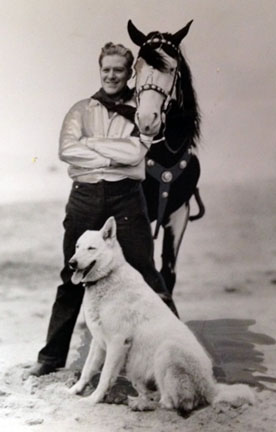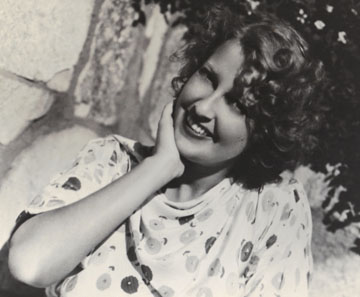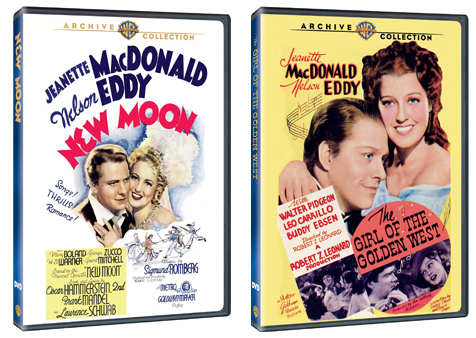Happy Birthday, Nelson! Listen to him sing. Share your memories here…
 It was 111 years ago today that Nelson Eddy was born. Hard to believe…but thank goodness that his talent and legacy will not be forgotten. New generations continue to discover his films and music. We want to know how it was for those of you fortunate enough to have seen him in his prime, or to have experienced his films when they first burst onto the silver screen. Yes, we will remember!
It was 111 years ago today that Nelson Eddy was born. Hard to believe…but thank goodness that his talent and legacy will not be forgotten. New generations continue to discover his films and music. We want to know how it was for those of you fortunate enough to have seen him in his prime, or to have experienced his films when they first burst onto the silver screen. Yes, we will remember!
Here is some of his music for you to listen to or download. First, the haunting “Through the Years”, a song so typical of his constant search to sing songs with deeper meanings than audiences knew. For the last 14 years of his life, traveling with his nightclub act, there was always one song that was privately sung to the woman he considered “his wife”, Jeanette MacDonald. He could never publicly proclaim that love but that didn’t stop him from taking a “private” moment on stage, with lights dimmed and a spotlight on him, to perform a deeply emotional song whose lyrics proclaimed that even into old age, his feelings would never change.
Next, we present an operatic aria that shows Nelson’s talent in that medium, the “Toreador Song” from Carmen. He spent over ten years in his early career as an opera singer and learned over 30 roles. Nelson’s only foray into vaudeville was in 1929 when he performed excerpts from Carmen to movie audiences who had come to see a William Haines film. Nelson also sang Carmen excerpts in his movie Balalaika and live at the Hollywood Bowl.
Nelson loved the Russian language and even wrote a movie biopic of the great Russian singer Feodor Chaliapin. Nelson had hoped to star in the movie both as Chaliapin and as a young Nelson Eddy starting his career and meeting his idol.In “Song of the Volga Boatman” we hear Nelson not only singing in Russian but the great power and control he had over his voice.
Finally, we come to Maytime which was Jeanette MacDonald’s favorite of her films. For Nelson, this movie was also special. When asked what his favorite duet was with Jeanette he answered that it was a number subsequently cut from Maytime: “Farewell to Dreams”. Once again, the lyrics of this haunting song seemed to mirror his personal life with Jeanette. Most fans will count among their favorites the duet that did make it into the film, “Will You Remember.” Yes, Nelson, we will remember. Happy Birthday!

 Hard to believe but it was 109 years ago today that Jeanette MacDonald was born.
Hard to believe but it was 109 years ago today that Jeanette MacDonald was born.
 Help us celebrate the June birthdays of Jeanette MacDonald and Nelson Eddy in the Big Apple! This is our first NYC club event in a few years so don’t miss it! It is conveniently near Penn Station and the 34th St. buses and subways.
Help us celebrate the June birthdays of Jeanette MacDonald and Nelson Eddy in the Big Apple! This is our first NYC club event in a few years so don’t miss it! It is conveniently near Penn Station and the 34th St. buses and subways.